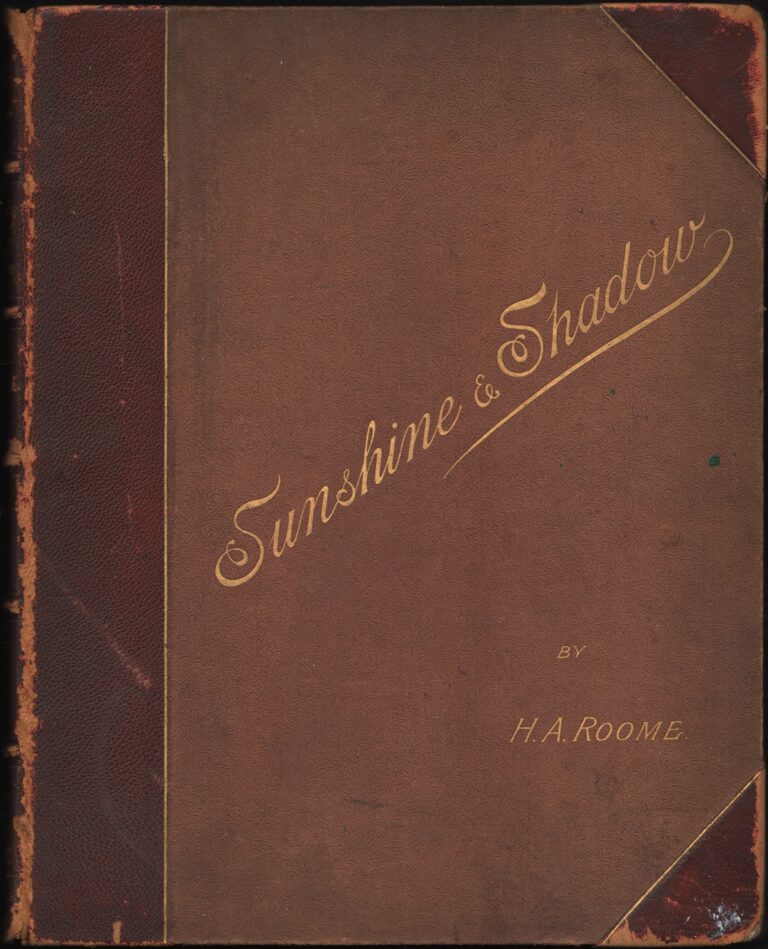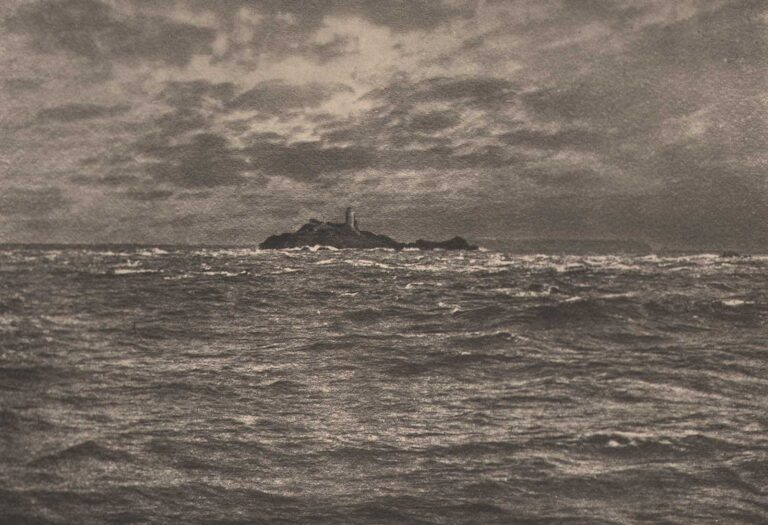
A Lesson in Spinning
Commenting in the accompanying catalogue letterpress, Henry Peach Robinson writes of Gale’s work and this plate:
Mr. J. Gale is one of the veterans, and his works come in strong contrast to those of the exhibitor just mentioned. Throughout his long exhibiting career he has probably never shown a bad or doubtful picture. Not that we would infer that his excellence was monotonous; he is not tiresomely perfect, but we think that so much perfection almost inclines towards faultiness, and would suggest that an occasional stumble would add to the enjoyment of his friends-he has no enemies. Mr. Gale confines himself to one small size without injury to the effect. This surely is one of the triumphs of art. Some of us have to increase our size when we want to attract extra attention. Mr. Gale never does. In his practice he never sacrifices, as does Mr. Hinton, the advantages his method gives him. He never forgets that he is making pictures by photographic means. His results, if they are true pictures, are also true photographs. He has had more imitators than any other photographer, but no equal in his own style. Imitation has extended even to the framing and manner of writing the title on the mount, without, however, adding to the inspiration of art qualities in the imitator. In the present exhibition Mr. Gale has half-a-dozen little gems, from which we have selected A Lesson in Spinning (114) for illustration, and which we shall leave to speak for itself. The Village Tradesman (112), showing an old man entering a picturesque, creeper-covered porch, is a charming example of chiaroscuro. In A Peat Carrier (113) note well the far-away expression of the old woman. In the Orkneys-After Sunset (115) and Autumn-Early Morning (116) have more “quality” than the many other “glimmering landscapes” in the exhibition, to which class they belong.
See variant: Spinning: full-page illustration on p. 123 reproduced within: A Victorian Country Album-The Photographs of Joseph Gale: by Brian Coe-The Oxford Illustrated Press



